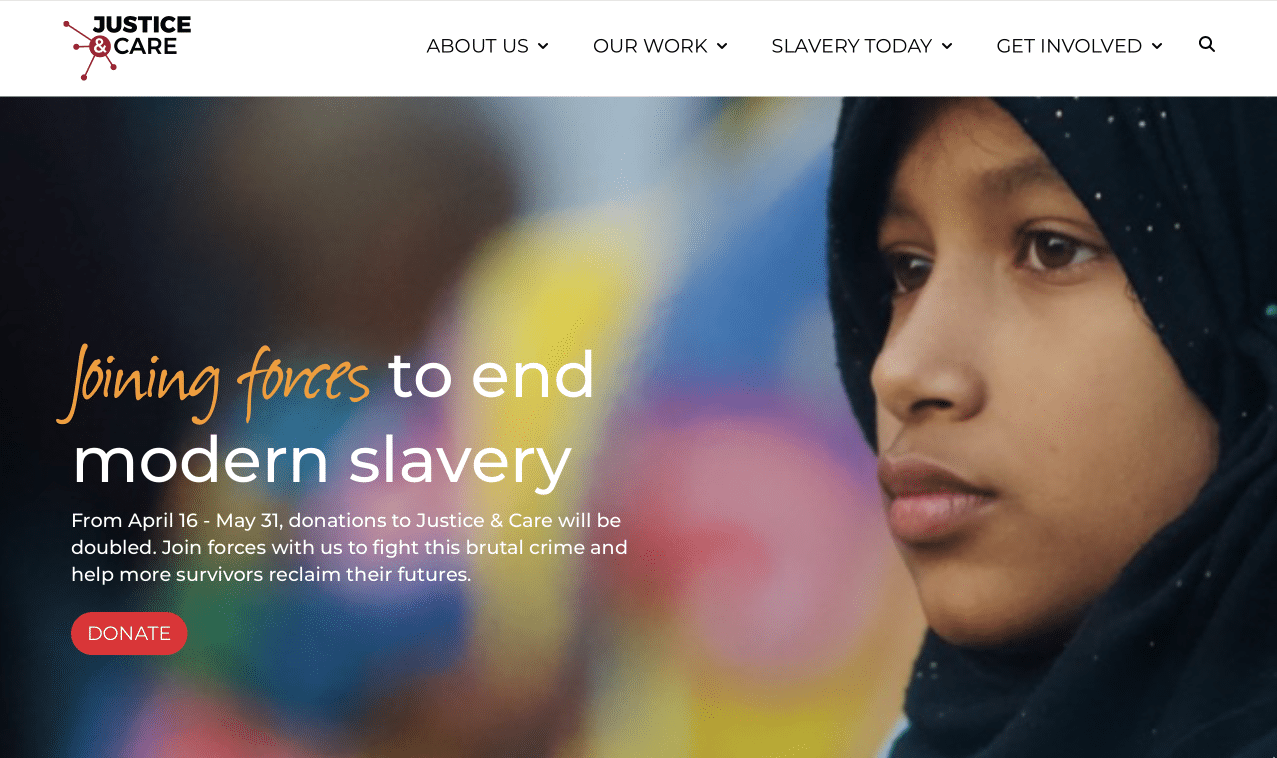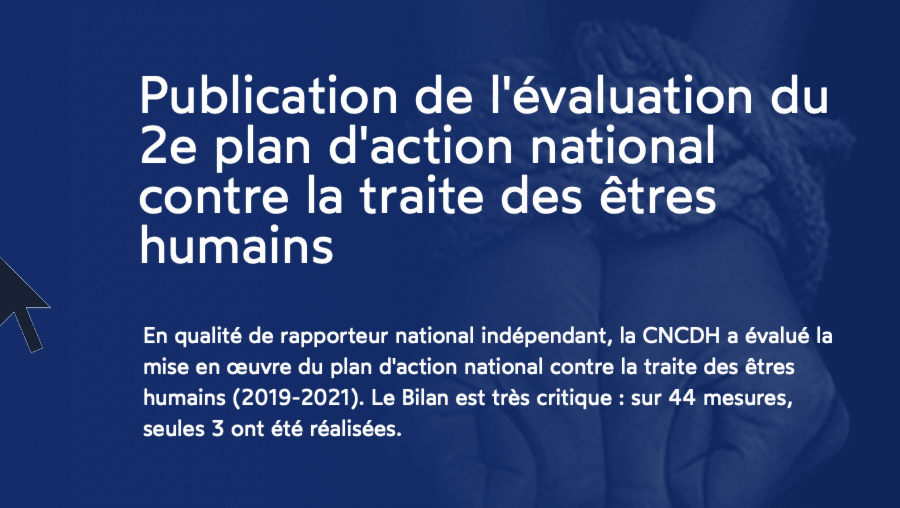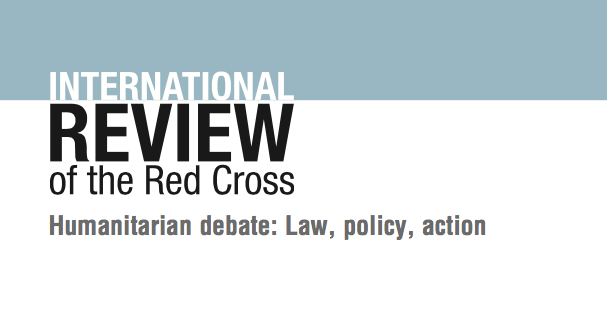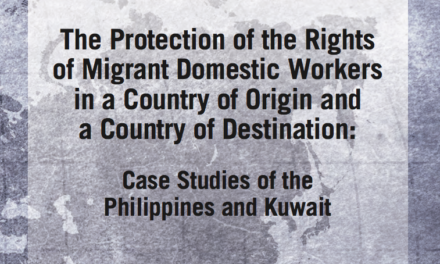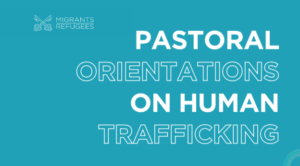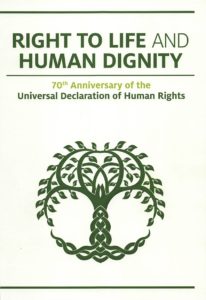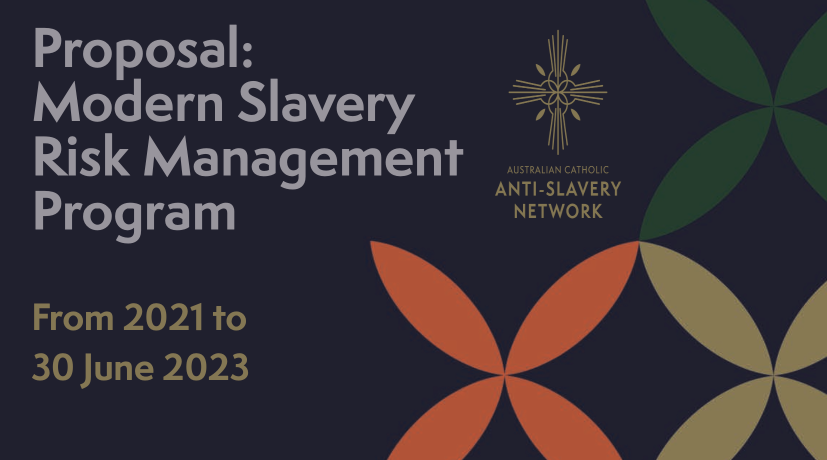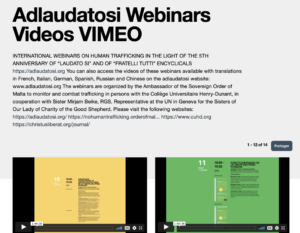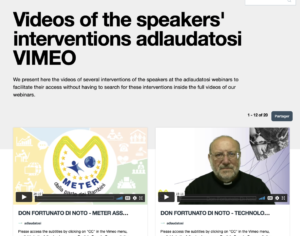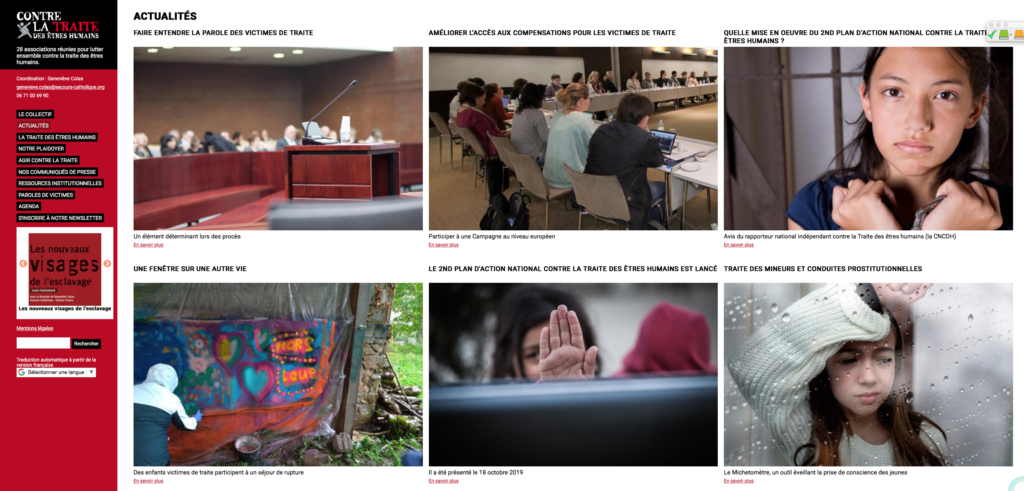In the crucible of humanitarian crises, where millions suffer the ravages of conflicts and climate- induced disasters, the plight of the vulnerable is stark. By 2023, the number of people in dire need of humanitarian aid surged to 362 million (up from 274 million only a year earlier). This staggering number casts a haunting shadow, as each life is precious and vulnerable.
Protracted conflicts in places like Ukraine, North Africa, Afghanistan, Yemen, and the relentless turmoil in the Gaza Strip showcase the unyielding nature of these crises, leading to mass movements of distressed populations. Within this turmoil, anti-trafficking efforts face a formidable challenge. Hundreds of thousands of people, internally displaced or crossing borders in search of safety, confront an exacerbated susceptibility to human trafficking. Despite the best efforts of the international humanitarian response, anti-trafficking work struggles to claim its place as a ‘lifesaving’ endeavour. Fragmented initiatives and siloed approaches have hindered the development of a comprehensive, scalable response.
This report’s revelations are striking. While global awareness of trafficking risks in humanitarian settings has grown significantly, and should be applauded, substantial gaps persist. Specialist capacities, protection for internally displaced persons, inter-agency leadership, frontline worker capabilities, and sustained funding represent critical areas where systemic failures endure. The call for action in the report echoes loud and clear.
It’s a call to view anti-trafficking efforts as imperative for saving lives and to respond urgently with sustained investments. This plea resounds especially to donors, States, UN agencies, and international NGOs. In an era plagued by escalating crises, where vulnerabilities to trafficking surge alarmingly, the imperative for a robust, systematic anti-trafficking response stands as an urgent global mandate.


